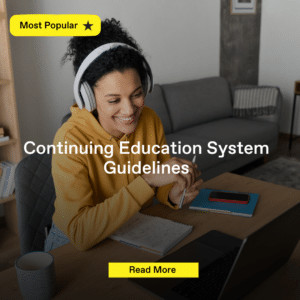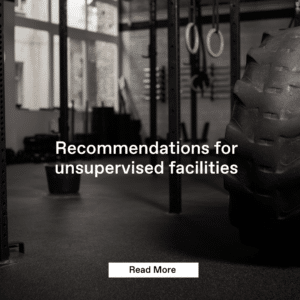Other Guidelines » Children's Health and Fitness Services Guidelines
Children's Guidelines
Children's Health & Fitness Services Guidelines
Childhood has been identified as a critical developmental phase for establishing healthy behaviours, with the potential to ultimately encourage longer term positive health decisions during adulthood.
For children and young people, exercise provides fundamental health benefits to the musculoskeletal, cardiovascular, and neuromuscular systems and assists in the maintenance of a healthy body weight. Additionally, exercise contributes to positive psychological benefits and social development. The health and fitness industry can play an important role in facilitating children’s exercise participation through effective and safe delivery of children’s health and fitness services.
To support the increasingly diverse range of children’s health and fitness services emerging in Australia, AUSactive have developed the Children’s Health and Fitness Services Guidelines. The guideline is applicable to a variety of settings and activities for children and young people aged between five (5) and seventeen (17) years and incorporates information and recommendations for best practice service delivery for AUSactive registered exercise professionals and AUSactive businesses.
What’s in the Guideline?
- Professional Skill and Knowledge
- Risk Management
- Duty of Care
- Working With Children
- Pre-Exercise Screening and Assessment
- Referrals
- Informed Consent
- Supervision
- First Aid & Safety
- Equipment Use
- Weather Conditions
- Legal Obligations
- Planning and Delivery
- Developmental differences between children
- Participation and Membership Eligibility
- Exercise Programming Considerations
- Age
- Environment/Setting
- Frequency Intensity Duration
- Strength Training
- Social Support
Receive our Guidelines
Complete your details below and we will send you a link to your inbox to download our Children's Guidelines.
Policy request form
Acknowledgement
AUSactive would like to thank members of the expert reference group, Dr Robert Parker, Associate Professor Jeff Walkley and Sam Wood for their contribution to the development of this guideline. Updated November 2021.
References
- World Health Organisation (2011). Global Recommendations on Physical Activity for Health – 5-17 years old.
- Australian Institute of Family Studies, Australian Government (2013). Preemployment screening: Working With Children Checks and Police Checks.
- Parker, Robert J. Kids In Gyms. 1st ed. NSW Department of Tourism, Sport and Recreation, 2004.
- American Academy of Pediatrics (2000). Climatic Heat Stress and the Exercising Child and Adolescent, Pediatrics, 106:1 pp. 158-159.
- Centers for Disease Control and Prevention. (2014). Child Development, Middle Childhood.
- Centers for Disease Control and Prevention. (2014). Child Development, Young Teens.
- American Academy of Pediatrics. (2004). Helping Your Child Develop A Healthy Sense of Self Esteem.
- Centers for Disease Control and Prevention. (2015). Child Development, Facts.
- Dahab, K., & McCambridge, T. (2009). Strength Training in Children and Adolescents: Raising the Bar for Young Athletes?. Sports Health: A Multidisciplinary Approach, 1(3), 223-226.
- National Institutes of Health. School-age children development. MedlinePlus.
- National Institutes of Health. Adolescent development. MedlinePlus.
- Okely AD, Salmon J, Vella SA, Cliff D, Timperio A, Tremblay M, Trost SG, Shilton T, Hinkley T, Ridgers N, Phillipson L, Hesketh K, Parrish A-M, Janssen X, Brown M, Emmel J, Marino N. (2012). A Systematic Review to update the Australian Physical Activity Guidelines for Children and Young People. Report prepared for the Australian Government Department of Health.
- Robertson R J, Goss F, Andreacci J, Dube J, Rutkowski J, Snee B, Kowallis R, Crawford K, Metz K. (2003). Validation of the Children’s OMNI perceived exertionscal for stepping scale for stepping exercise. Center for Exercise and Health-Fitness Research, University of Pittsburgh, Pittsburgh, PA, USA.
- Williams, J. G., Eston, R. G., & Stretch, C. (1991). Use of the Rating of Perceived Exertion to Control Exercise Intensity in Children. Pediatric Exercise Science, 3(1), 21-27.
- Council on Sports Medicine and Fitness (2008). Strength Training by Children and Adolescents. Pediatrics, 121(4), 835-840.
- Dominic, G. M., Saunders, R., & Kenison, K., (2012). Developing Scales to Assess Parental Instrumental Social Support and Influence on Provision of Social Support for Physical Activity in Children, Journal of Physical Activity and Health, p: pp.706-717.



